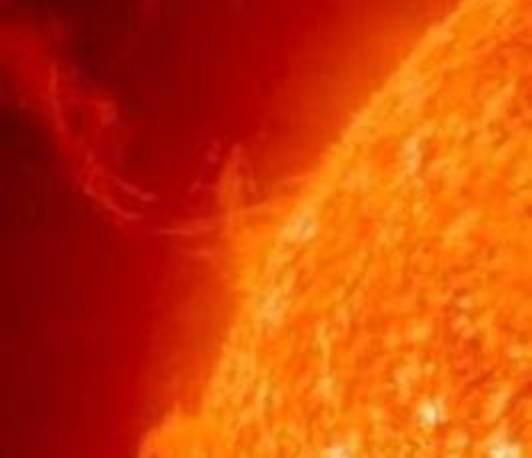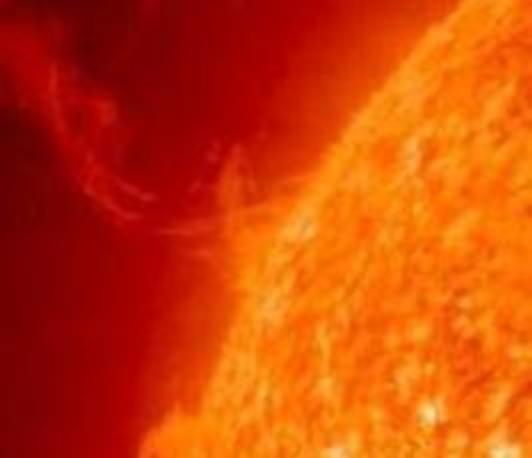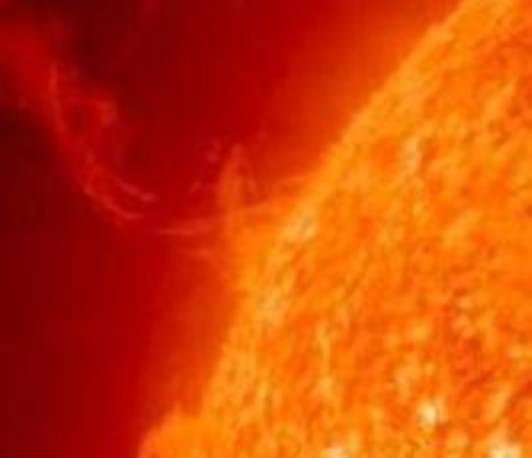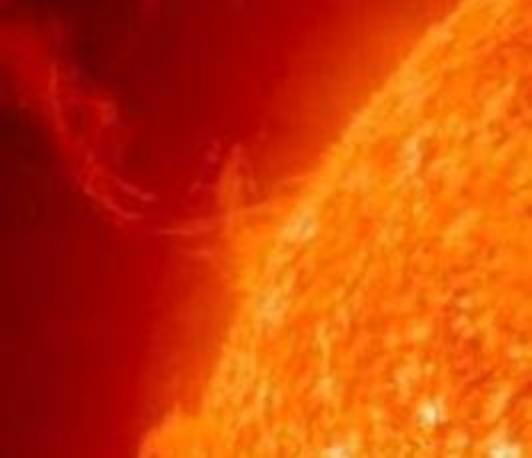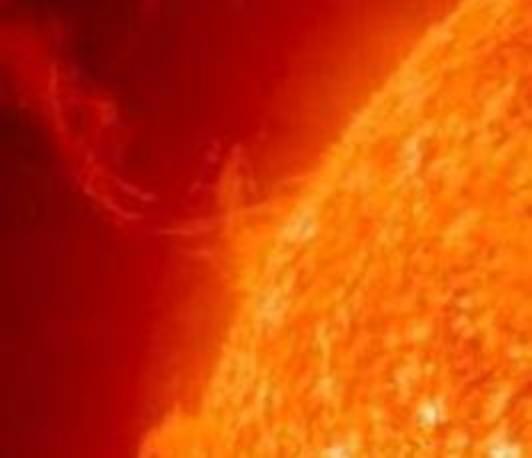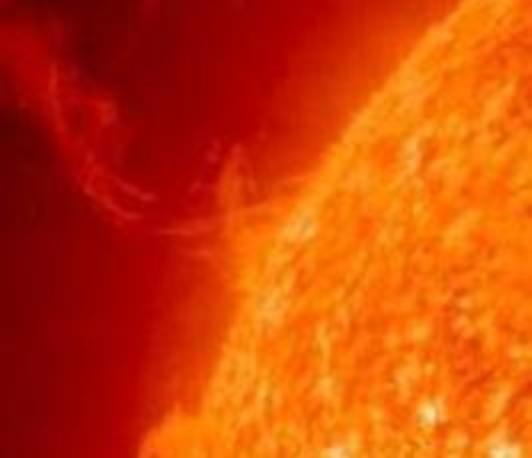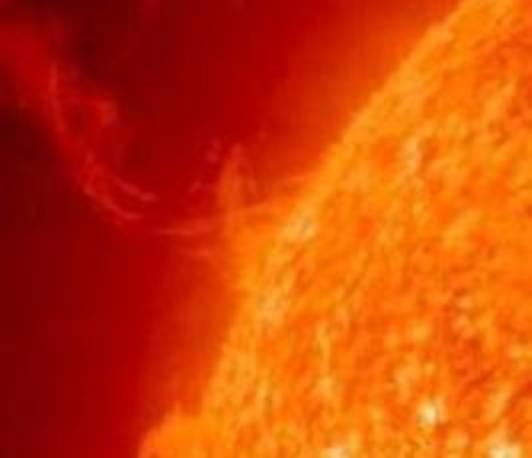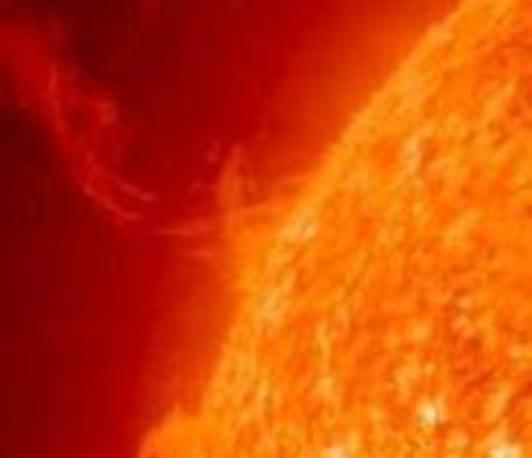Strong magnetic skew characterizes several non-potential structures in the solar corona, including filaments, which can erupt, bringing about major geomagnetic effects. Skew is thus an indicator of the formation of filament channels and a useful property in making forecasts from global coronal models. For skew to be used in this way, its formation and evolution must be identified, with particular consideration of when this occurs within the field of view observable from Earth. Magnetofrictional simulations are performed, with the photospheric boundary condition provided by an observed flux distribution. New techniques are presented for identifying where strong skew forms, and the production and persistence of strong skew in the corona studied systematically. Strong skew is found to form incrementally, in small patches, especially around recently emerged bipolar regions. As such, skew is produced and persists over very long periods of time, comparable with the timescale for solar rotation. Consequently, most skew on the Earth-facing side of the Sun rotates onto it, having formed on the far side, rather than forming within the Earth’s field of view. Therefore, in a data-driven model that is limited to including the emergence of flux observed only from Earth, most of the resultant skew will form after this flux has rotated out of view and onto the far side of the Sun. Given this, it will be important to study how a wider field of view for capturing emergent flux before it rotates into longitudes visible from Earth, afforded by multi-viewpoint observations, would improve our capacity to model and predict Earth-facing phenomena on the Sun, which are important for space weather. Possible effects of multi-viewpoint observations on similar models of the formation of skew are considered. Co-authors: D. H. Mackay, and L. A. Upton
[mehr]
